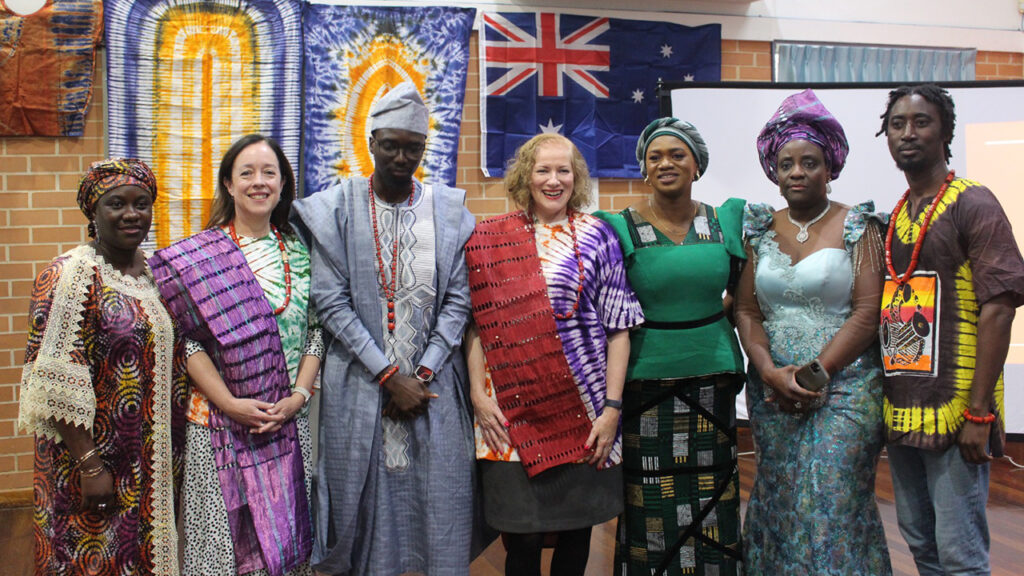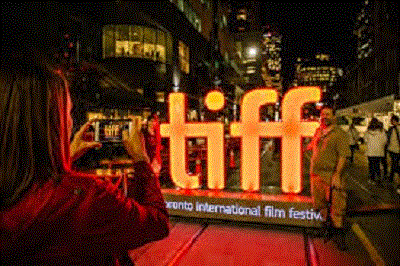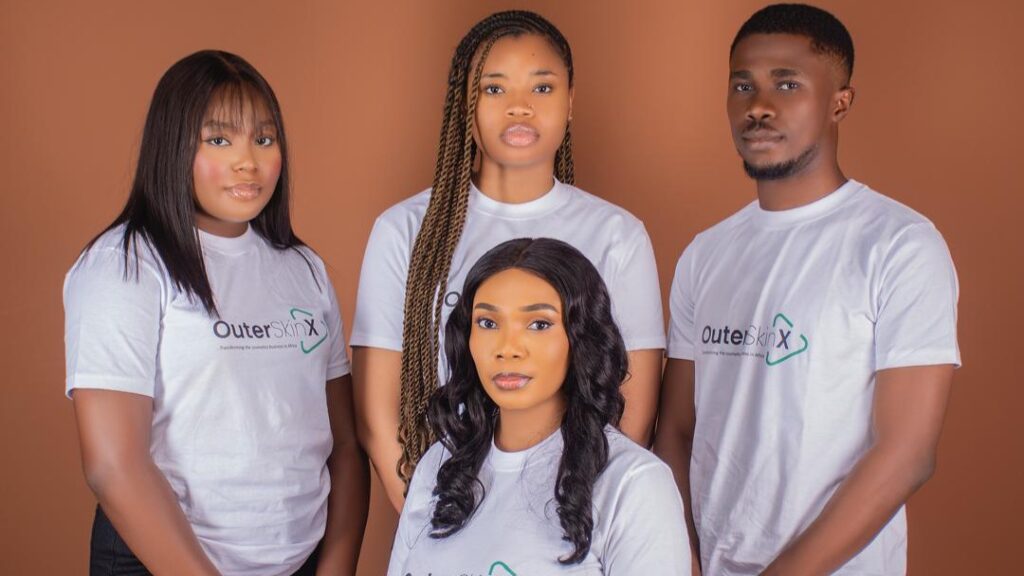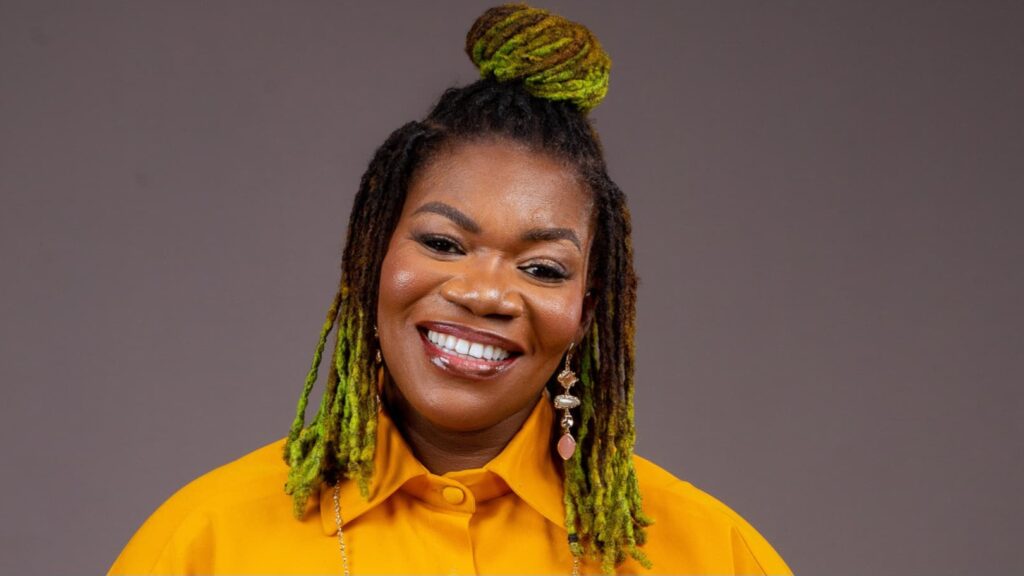A new insights have emerged following the recent controversy at the Artmiabo International Art Festival surrounding Adaramati Shogo’s provocative artwork, shedding light on the artist’s intentions and the unforeseen challenges faced in its presentation.
The artwork which had sparked objections due to perceived insensitivity regarding the use of sacred texts in the artwork, was aimed to promote unity between Christians and Muslims by incorporating pages from both the Bible and the Quran.
It could be recalled that in spite of the artist’s noble goal of advocating for inclusivity and harmony, the contentious discussions during the art festival led to heated arguments.
Our investigations revealed that Shogo’s, the artist behind the controversial painting work featuring at the festival, had intended to donate money realised from its sale to support displaced people in Plateau State.
This philanthropic initiative underscores Shogo’s commitment to using art as a means of addressing social issues and aiding marginalized communities.
However, the charitable efforts of the artist was hindered by the inclusion of sacred texts from two major religions which proved to be a significant stumbling block. The juxtaposition of these texts, while symbolically powerful in conveying the artist’s message of unity, inadvertently stirred controversy.
Following the festival, it appears that the image of the controversial artwork has been removed from Shogo’s website, suggesting his response to the public outcry and negative reactions surrounding the art presentation. Despite this setback, sources close to the artist affirmed that Shogo remains dedicated to his artistic vision of fostering dialogue and reconciliation through his work.
The incident surrounding Adaramati Shogo’s artwork highlights the complexities inherent in addressing religious themes within the realm of art. It underscores the delicate balance artists must strike between artistic expression and cultural sensitivities, particularly in diverse and deeply religious societies like Nigeria.
Moving forward, this episode prompts reflection on the role of art in navigating complex societal issues and the importance of considering diverse perspectives when engaging with potentially controversial subject matter. While the controversy may have presented challenges for Shogo’s charitable endeavors, it also underscores the potential of art to provoke meaningful discussions and inspire positive social change.
As Adaramati Shogo continues to explore themes of unity and diversity through his art, it is hoped that this experience will serve as a catalyst for deeper reflection and constructive dialogue within the artistic community and beyond. By fostering understanding and empathy, artists like Shogo play a vital role in shaping a more inclusive and harmonious society through their creative endeavors.










